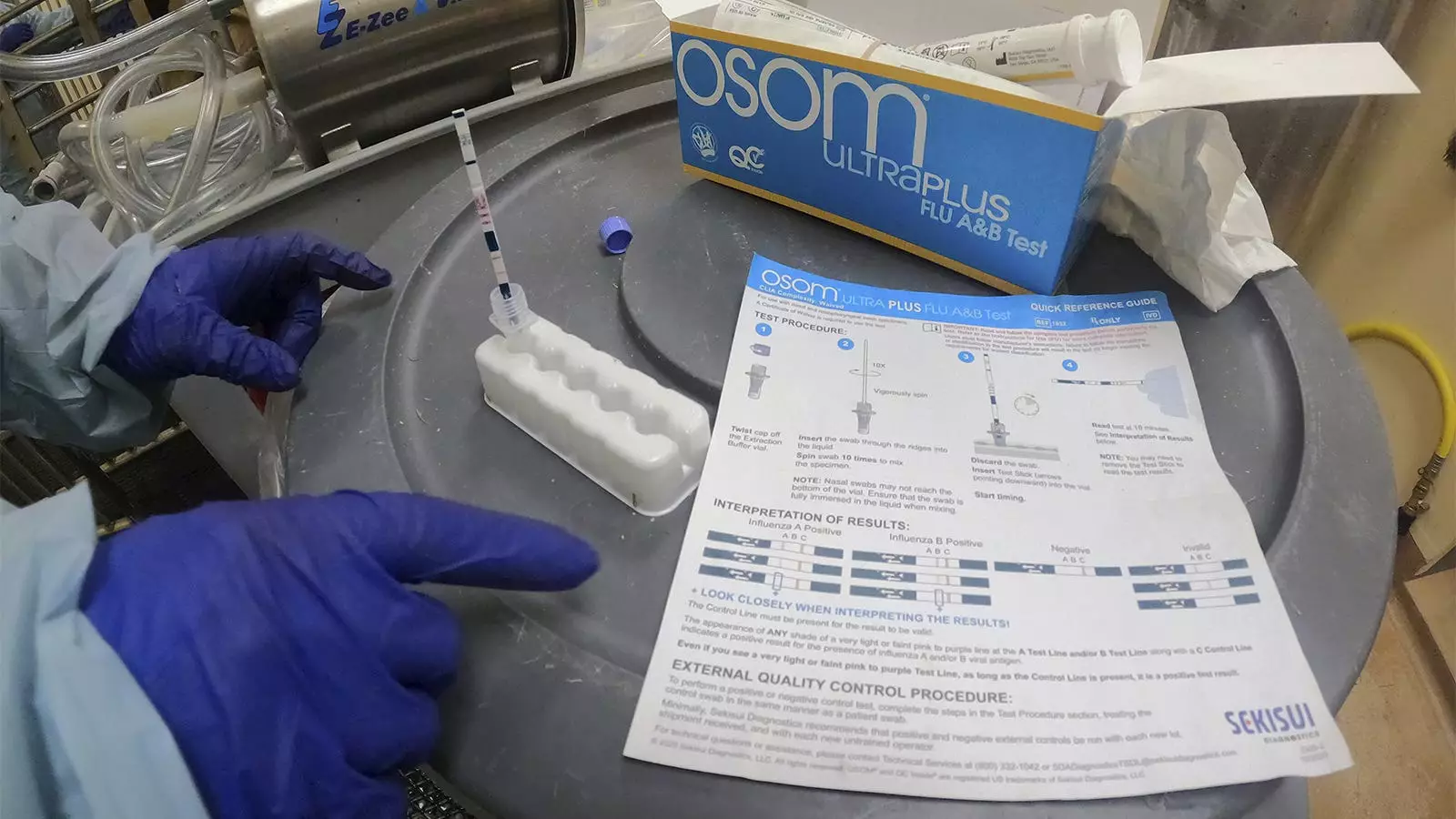The recent order by the U.S. government to initiate testing of the nation’s milk supply for the avian influenza virus, specifically the H5N1 strain, signals a significant step in managing a health crisis that has begun to impact the dairy sector. Effective December 16, the U.S. Department of Agriculture (USDA) will mandate testing of raw or unpasteurized milk across the country, beginning in six key states. This initiative raises questions about the underlying motives, the implications for farmers, and the overall safety of the dairy supply.
Since its detection in U.S. dairy cows in March, the H5N1 virus has led to the infection of over 700 herds spanning 15 states, illuminating the potential risks to both animal health and the dairy industry. The pandemic’s origins and its unrelenting spread through various animal populations—especially among wild birds—have put immense pressure on farmers, veterinarians, and regulatory bodies alike. Although the immediate risk to humans remains low, the introduction of the virus into the dairy supply chain cannot be ignored.
The federal testing protocol signifies an urgent response not only to monitor the health of dairy cows but also to reassure consumers regarding the safety of the milk supply. Initiating testing in states such as California and Pennsylvania appears strategic, focusing on regions with significant dairy farming operations. The USDA’s proactive stance aims to instill confidence within the agricultural community by ensuring transparent reporting and tracing systems for any detected cases of the virus.
Secretary of Agriculture Tom Vilsack emphasized that these measures will empower farmers and farmworkers, providing an avenue to protect both consumers and their livestock from the disease’s potential impacts. The USDA mandates that samples from raw milk intended for pasteurization be submitted for testing upon request, underlining the importance of accountability in dairy production.
Despite the government’s initiative, there is evident reluctance among dairy farmers and milk processors to participate in widespread testing. Economic fears loom large—producers worry that positive test results could lead to adverse economic outcomes, affecting milk prices and market access. Additionally, historical skepticism regarding government regulations may contribute to this hesitance.
However, advocates for testing, including veterinarians and animal health experts like Keith Poulsen, have underscored the necessity of systematic testing to better understand and combat the virus. Encouraging cooperation between the USDA and dairy producers will be crucial for effective management of the H5N1 threat moving forward.
The scientific consensus is clear: pasteurization effectively eliminates the bird flu virus, making pasteurized milk safe for consumption. However, the concern remains that raw milk, particularly from infected cows, can harbor high levels of the virus, posing risks to those in close contact. The alarming reality is that at least 58 individuals in the U.S. have contracted the virus, predominantly farmworkers exposed to infected livestock.
Health officials continue to caution against the consumption of raw milk due to the myriad of pathogens it might contain, which extends beyond just the bird flu virus. This multifaceted health risk amplifies the call for rigorous testing protocols.
The situation escalated in California, where a farm had to be quarantined after bird flu was detected in raw milk being sold. The immediate recall of products highlights the frailty of food safety when biological threats emerge within the supply chain. The dairy industry must brace itself not only for current testing mandates but also for prospective changes and regulations aimed at safeguarding both animal and human health.
The USDA’s decision to implement testing for bird flu in milk represents a critical, albeit challenging, approach to safeguarding the U.S. dairy industry against a mounting health threat. As the industry adapts to these emerging challenges, the focus must remain on collaboration, transparency, and continuous learning to ensure a safer, more resilient food supply.


Leave a Reply